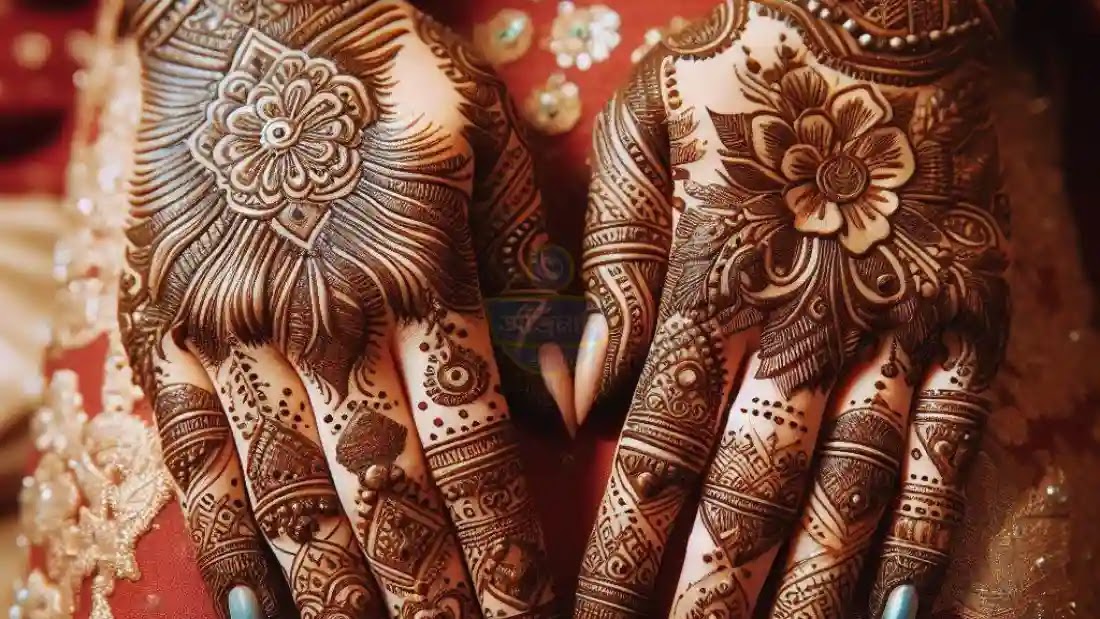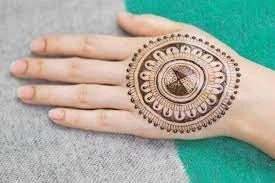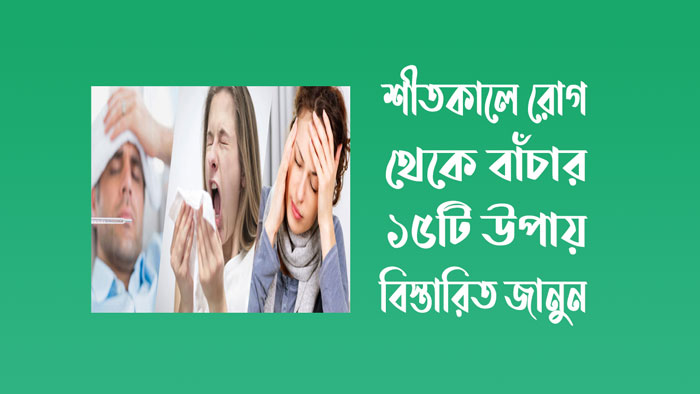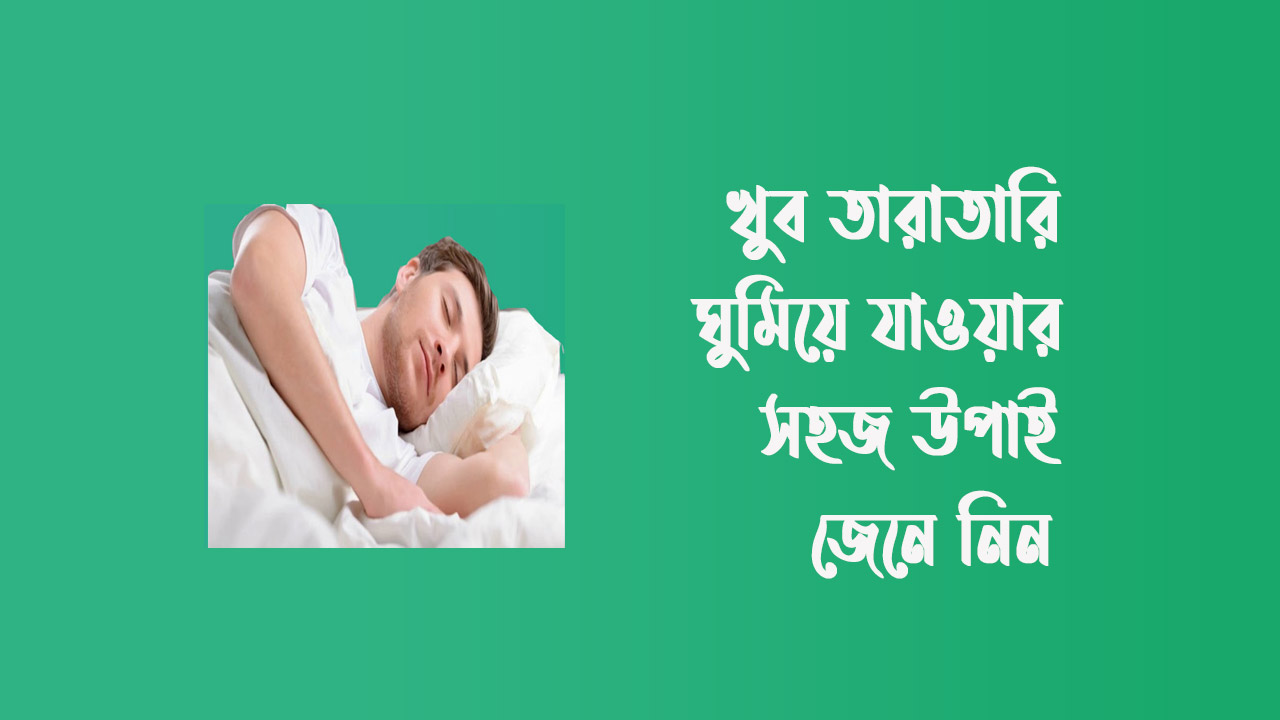eid ul fitr mehndi design - Traditional Arabic Mehndi Design
Tips for Applying Mehndieid ul fitr mehndi design. Eid ul-Fitr, the festival of breaking the fast, is a joyous occasion celebrated by Muslims around the world. It marks the end of Ramadan, a month of fasting, prayer, and reflection. One of the highlights of Eid ul-Fitr is the tradition of applying mehndi, also known as henna, on hands and feet.
Mehndi is not just a form of body art; it's a cultural symbol of celebration, beauty, and tradition. Here's a look at some stunning Eid ul-Fitr mehndi designs that can add elegance to your celebrations:
Table of Contents: eid ul fitr mehndi design - Traditional Arabic Mehndi Design
- eid ul fitr mehndi design
- What does Islam say about giving henna to women?
- Traditional Arabic Mehndi Design
- Moroccan Mehndi Design
- Indian Mehndi Design
- Pakistani Mehndi Design
- Bangladeshi Mehndi Design
- Tips for Applying Mehndi
eid ul fitr mehndi design
Eid-ul-Fitr henna designs will be discussed in this article today. There are many of us who would prefer to give mehndi, especially in the case of girls this is more noticeable. If there is a religious event then the demand for mehndi increases. Some mehndi designs are mentioned for our convenience, hope you will like them.
What does Islam say about giving henna to women?
In Islam, giving henna (mehndi) to women is considered a cultural tradition rather than a religious mandate. However, it's important to note that Islam encourages modesty and discourages excessive adornment. The permissibility of applying henna as a form of body art for women varies among different Islamic scholars and schools of thought.
In many cultures with Muslim populations, applying henna is a common practice, especially during festive occasions like weddings, Eid celebrations, and other special events. It's seen as a form of beautification and adornment, particularly for women. The Prophet Muhammad (peace be upon him) is reported to have applied henna himself and encouraged its use on special occasions.
While there isn't a specific prohibition against using henna, Islamic teachings emphasize moderation and modesty in all forms of adornment. Therefore, it's generally advised for Muslims to exercise discretion and avoid extravagance or immodesty in their appearance, including the use of henna.
Overall, giving henna to women is viewed positively in many Muslim cultures as a way to celebrate and enhance beauty in a manner that is consistent with Islamic values of modesty and cultural expression. However, individuals should always adhere to their own understanding of Islamic teachings and cultural norms in deciding whether or not to participate in such practices.
Traditional Arabic Mehndi Design
Arabic mehndi designs are known for their bold and intricate patterns. These designs typically feature floral motifs, paisleys, and geometric shapes. Traditional Arabic designs often cover the fingertips and extend up the forearm, creating a stunning and eye-catching look.
Moroccan Mehndi Design
Moroccan mehndi designs are characterized by their geometric patterns and bold lines. These designs often feature intricate geometric shapes, such as triangles, diamonds, and squares, arranged in a symmetrical manner. Moroccan mehndi is elegant and sophisticated, making it perfect for Eid ul-Fitr celebrations.
Indian Mehndi Design
Indian mehndi designs are known for their elaborate patterns and fine details. These designs often include peacock motifs, floral patterns, and intricate swirls. Indian mehndi is rich in symbolism and tradition, with each design telling a unique story. It's a popular choice for Eid ul-Fitr celebrations, as it adds a touch of glamour and sophistication to the festivities.
Pakistani Mehndi Design
Pakistani mehndi designs are a blend of traditional and contemporary styles. These designs often feature intricate patterns, such as flowers, vines, and leaves, arranged in a symmetrical manner. Pakistani mehndi is known for its bold and vibrant colors, making it a popular choice for Eid ul-Fitr celebrations.
Bangladeshi Mehndi Design
For those who prefer a more subtle look, minimalist mehndi designs are a great option. These designs feature simple patterns and motifs, such as dots, lines, and small flowers. Minimalist mehndi is understated yet elegant, making it perfect for those who want to add a touch of sophistication to their Eid ul-Fitr celebrations without going overboard.
Tips for Applying Mehndi
- Prepare your skin by cleansing it thoroughly and exfoliating to ensure better color absorption.
- Choose high-quality mehndi paste to achieve vibrant and long-lasting designs.
- Allow the mehndi paste to dry completely before scraping it off to reveal the final design.
- Apply a mixture of lemon juice and sugar on the dried mehndi to enhance the color and longevity of the design.
- Avoid washing the mehndi area with water for at least 12 hours after removing the paste to allow the color to fully develop.
In conclusion, Eid ul-Fitr mehndi designs are a beautiful way to celebrate the joyous occasion and add elegance to your festivities. Whether you prefer traditional, contemporary, or minimalist designs, there's a mehndi style to suit every taste and preference. So, embrace the tradition, unleash your creativity, and adorn your hands and feet with stunning mehndi designs this Eid ul-Fitr!



















আজকের ২৪ নীতিমালা মেনে কমেন্ট করুন। প্রতিটি কমেন্ট রিভিউ করা হয়।
comment url